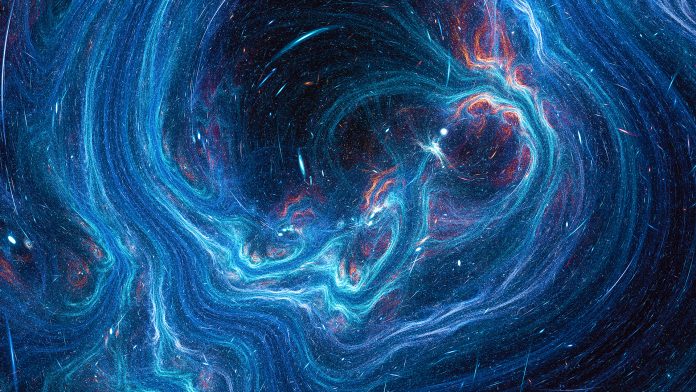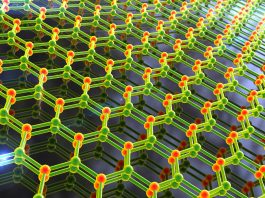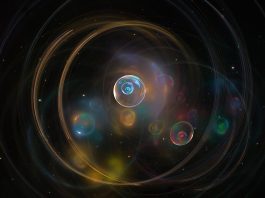A group of scientists has successfully taken the first step to search for Dine-Fischler-Srednicki-Zhitnitskii (DFSZ) axion dark matter originating from the Grand Unification Theory (GUT).
The Center for Axion and Precision Physics Research (CAPP) team within the Institute for Basic Science (IBS) has enabled far greater search speed than other axion experiments worldwide.
Amongst scientists, there has long been a theory that physics could be dead. In the late 19th century, William Thompson believed that there would be no new discoveries in physics after 1900. Likewise, some have thought that no new particles would be found after neutrons were discovered in the 1930s. Even today, some worry that modern theoretical physics is at a dead end.
However, the new research published in Physical Review Letters aims to challenge this perception by searching for axion dark matter.
What are the problems associated with the Standard Model?
Our current limit of knowledge in physics, the Standard Model, can only explain 5% of the Universe, with the other 95% consisting of dark matter and dark energy.
Moreover, the current model has limitations in explaining problems, such as the intense CP (charge conjugation-parity) problem. The problem arises from the observation that the strong force, described by quantum chromodynamics (QCD), does not appear to violate CP symmetry. In contrast, the electroweak force breaks CP symmetry to a small extent. This contradicts the Standard Model, which predicts that the strong force should violate CP symmetry at a much larger level than what has been observed.
Proposals to further explore the Universe
One proposal to explain the further Universe involves the existence of hypothetical particles called axions, which could resolve the discrepancy between the predicted and observed levels of CP violation in the strong force. Axion dark matter is one of the most robust theories in particle physics. The discovery of axion dark matter is a landmark event in human history that can unveil the reality of 27% of the Universe.
Currently, two proposals beyond the Standard Model exist to explain the strong CP problem. The main difference between the two models is that they predict different types of couplings between axions and other particles. In the Kim-Shifman-Vainshtein-Zakharov (KSVZ) model, axions are primarily coupled to heavy quarks. In contrast, in the Dine-Fischler-Srednicki-Zhitnitsky (DFSZ) model, they are connected to the Standard Model quarks and leptons via Higgs bosons.
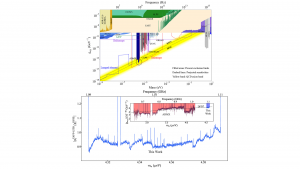
As dark matter, axions have weak interaction with ordinary matter, so searching for them can be tricky. One commonly used approach involves microwave cavity experiments. These experiments use a strong magnetic field to convert axions (if they exist) into resonant electromagnetic waves, which are then detected using a receiver. The axion’s mass can then be calculated from the detected wave’s frequency.
The problem is exacerbated when searching for DFSZ axion dark matter, which requires much greater sensitivity than the KSVZ axion. In microwave cavity search experiments, achieving higher sensitivity requires exponentially higher search time; hence, searching for DFSZ axion is out of reach for almost all existing experimental setups.
Advancing the search for axion dark matter
The IBS-CAPP group utilised a 12T magnet, which is more powerful than the 8T magnet used by the ADMX. The experiment setup was maintained close to zero temperature to minimise the background noise.
In addition to using a more powerful magnet, the IBS-CAPP experiment used quantum technologies and a more effective computational approach to curate the data. This allowed the IBS-CAPP to search for DFSZ axions at 3.5 times the rate of the ADMX setup. As a result, the group was able to exclude axion dark matter around 4.55 µeV at DFSZ sensitivity.
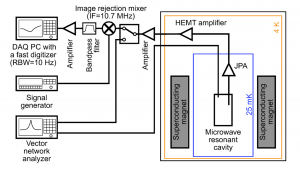
“Discovery of axion will allow us to understand up to 32% of the mass-energy of the Universe, up from 5% offered by the current Standard Model,” stated research fellow KO Byeong Rok of the IBS-CAPP.
He added: “We plan to take advantage of the blazingly fast speed of our experimental setup to quickly search for DFSZ axions at the wide frequency ranges of 1-2 GHz.”
The researchers hope that the discovery of axion dark matter will support the Grand Unification Theory (GUT), which unites the three fundamental forces – strong, weak, and electromagnetism.
Yannis SEMERTZIDIS of IBS-CAPP concluded: “We are highly grateful for all the funding and support that the Institute for Basic Science and South Korean taxpayers provided for this project. Thanks to them, South Korea now hosts the most advanced axion search experimental facility in the world. If axion dark matter exists, I have no doubt it will be found right here in South Korea.”

